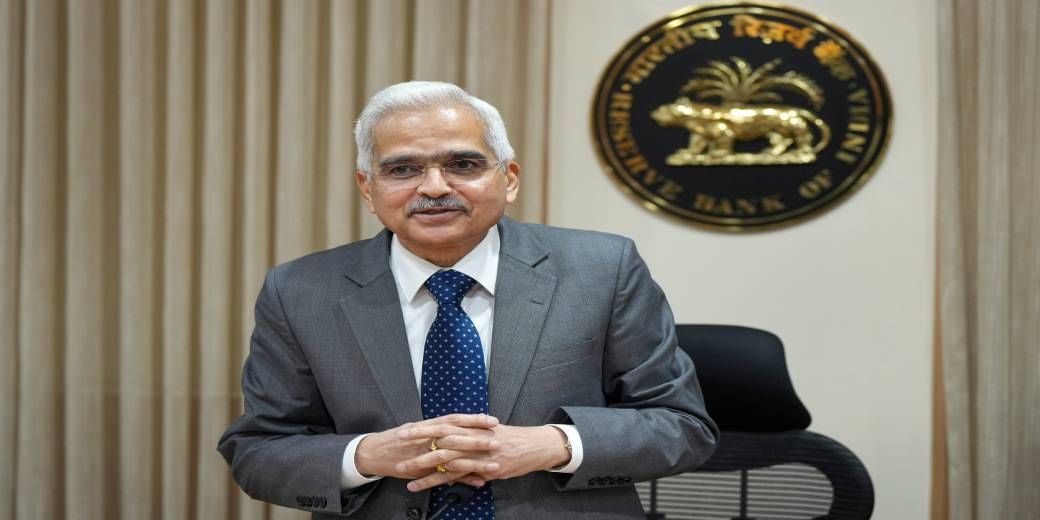Stubbornly high inflation forestalling early lowering of interest rate: RBI report
Projections indicate that inflation will go up further from the September-October average of 4.9% before it can come down

The year 2023 would go down in history as a time when the Reserve Bank of India struggled to keep inflation under leash, and at the fag end of the year RBI researchers said in a “State of the Economy” report that high inflation rates have turned hopes of early cut in interest rates unrealistic. The article said that stubborn inflation is impacting both discretionary spending by consumers and investments by businesses.
The researchers have RBI deputy governor Michael Debabrata Patra as their guide. “Projections indicate that inflation will go up further from the September-October average of 4.9% before it can come down. The objective of aligning inflation with the target on a durable basis is far from assured,” wrote the researchers in the report.
The comments come against the backdrop of whispers turning into a clamour for cut in interest rates after the monetary policy committee of the central bank kept policy rates stationary for five times on the trot and an inching down of the retail inflation rates in September and October. “Such views imperil the conduct of monetary policy in the pursuit of its goal of durably aligning inflation with the target. These views also undermine the foundations of growth,” the report said.
The concern of the RBI was corroborated by the retail inflation level at 5.6% in November, a rise of 70 basis points compared to that in October.
In a significant statement in its monthly bulletin, the RBI has said that India runs a very low risk of sliding into stagflation, a dreadful economic condition marked by high inflation, slow growth and high unemployment rates. The inflation encountered in India is influenced more by supply-side factors and only occasionally by demand, said the report.
In a report “Low Stagflation Risk in India” jointly authored by Deba Prasad Rath, Silu Muduli and Himani Shekhar, it was mentioned that empirical evidence indicates supply-side shocks in commodity prices, tighter financial conditions and relatively higher depreciation of the rupee are the major determinants of stagflation risk in India. In a cautionary statement the authors said, “If inflation is not brought back to the target and tethered there, there is a strong likelihood that growth may falter.” Fortunately, the policymakers are not losing their sleep over the interest rates since they have not impacted the growth story that India is wallowing in, attracting attention of a large number of investors from around the world and a robust domestic scenario.
It said that global growth is likely to decelerate further in 2024 while an inching down of inflation in different countries could pave the way for cut in interest rates. In India, however, the broad-based strengthening of economic activity could be sustained by lowering input costs and corporate profitability, it said.
However, as a standard disclaimer, the RBI maintains that the views expressed in the reports do not necessarily represent its stance but are the opinion of the authors.
Download Money9 App for the latest updates on Personal Finance.
Related
- खुला है निप्पॉन इंडिया का रियल्टी और ऑटो सेक्टर का NFO, 28 नवंबर को होगा बंद
- अब कोचिंग सेंटर नहीं दे पाएंगे भ्रामक विज्ञापन, सरकार ने जारी की नई गाइडलाइन्स
- BOB Card से खरीदारी पर यहां मिल रहा बंपर डिस्काउंट, फ्रिज, टीवी, एसी पर 45,000 रुपये तक बचत
- EPF, ESIC और EPS में बड़े बदलाव की तैयारी में सरकार, बढ़ा सकती है बेसिक सैलरी लिमिट
- वेस्टर्न कैरियर्स के IPO में लगाने जा रहे हैं पैसे? यहां जान लें पूरी डिटेल
- Mercedes-Benz जल्द लॉन्च करेगी नई E-Class कार, सेल्फी कैमरा के साथ मिल रहे हैं कई दमदार फीचर्स

